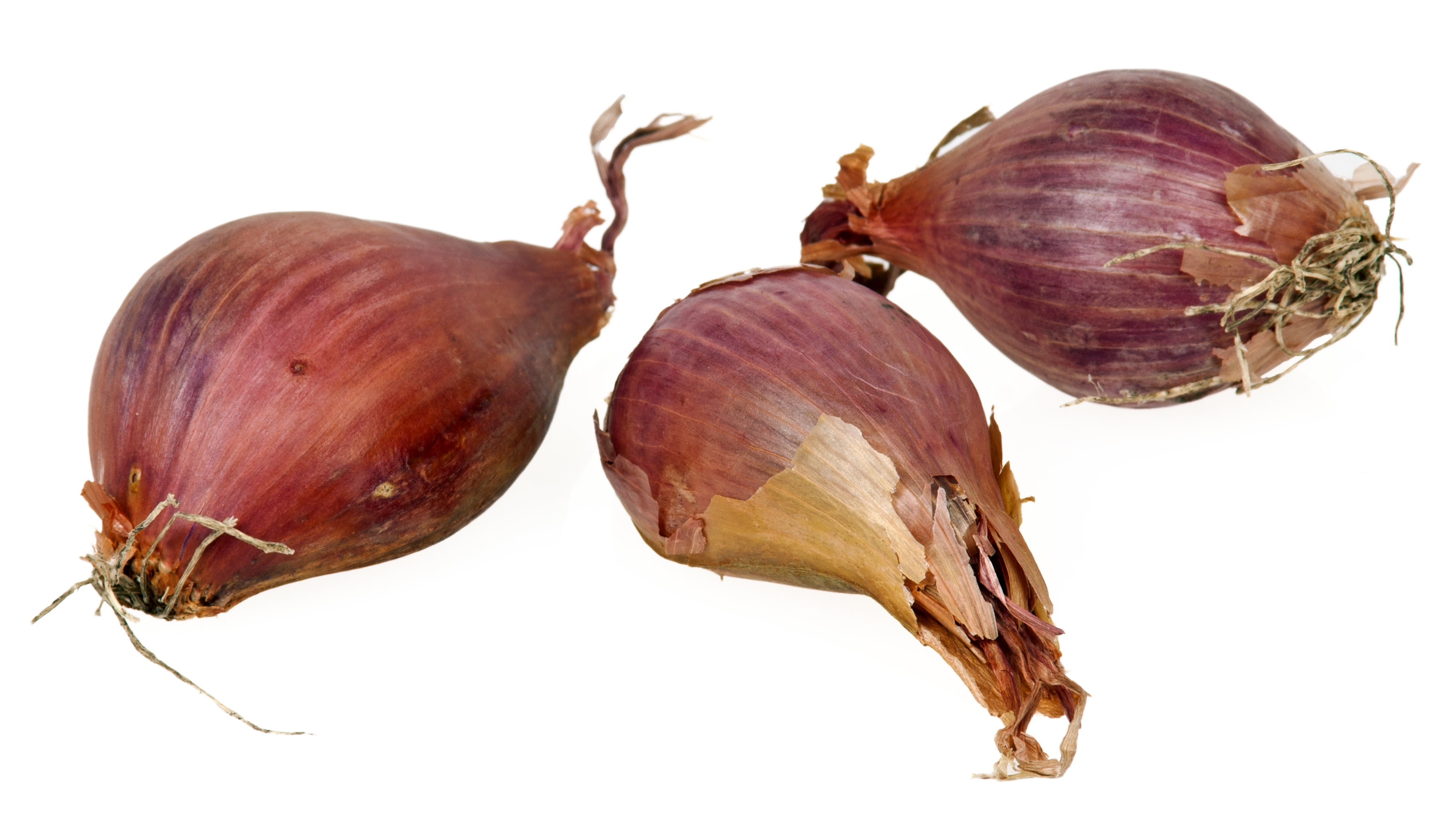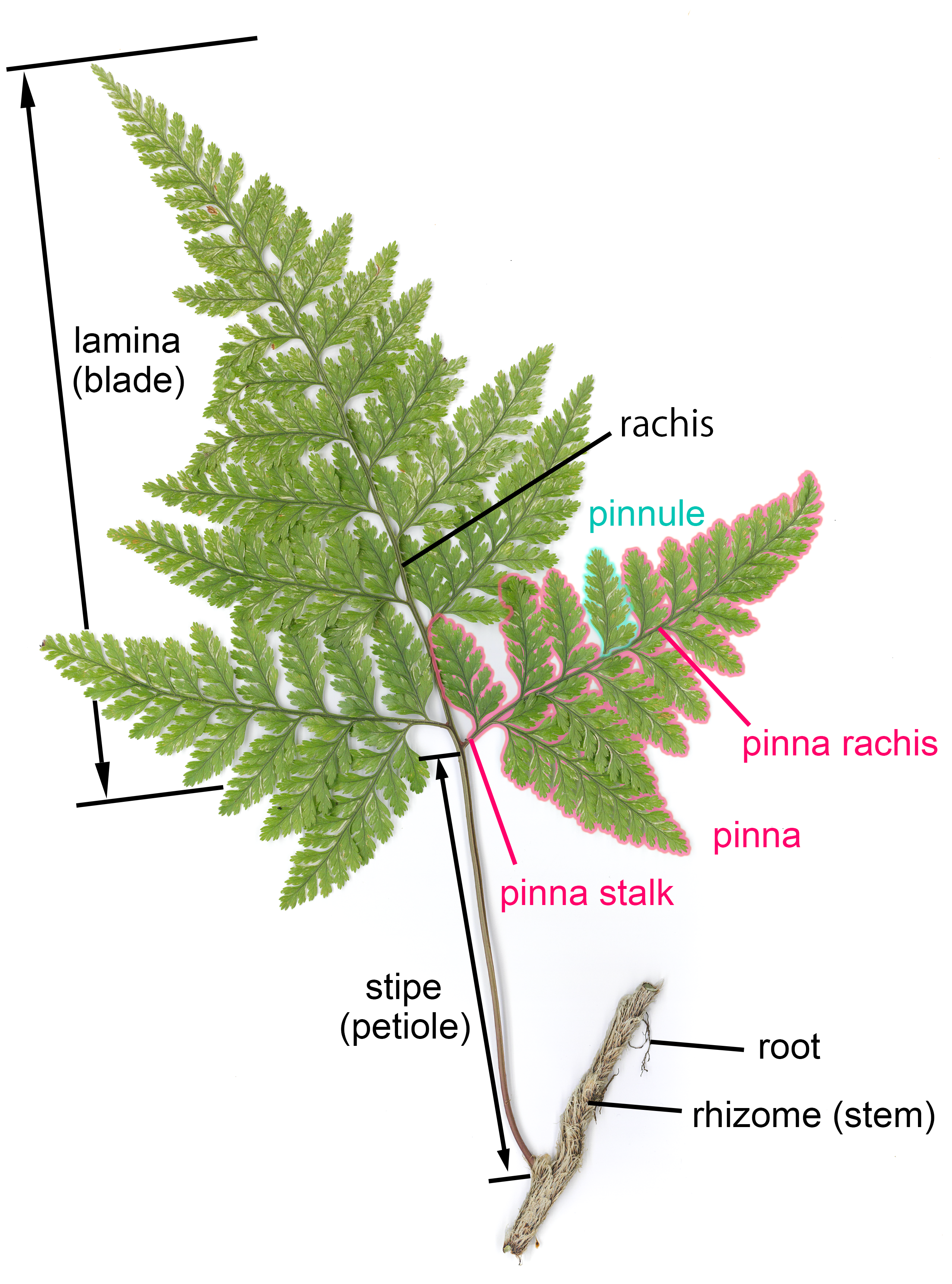|
Cystopteris Bulbifera
''Cystopteris bulbifera'', with the common name bulblet fern, bulblet bladderfern, or bulblet fragile fern is a fern in the family Cystopteridaceae. Distribution The fern is native to eastern Canada, the Midwestern and Eastern United States, and two disjunct populations in the Southwestern United States. It is found only on calcareous substrates such as limestone. It commonly festoons limestone cave openings. While most commonly found on vertical rock faces, it also grows in rocky scree. Description ''Cystopteris bulbifera'' is a low-growing rock fern with creeping stems and narrow elongate deltate fronds which grow to 75 cm (30 in). ''C. bulbifera'' is unusual among ferns in producing Bulb#Bulbil, bulblets along the bottom of the fronds. This is one of the easiest ''Cystopteris'' species to identify. Hybrids This species is known to hybridize with ''Cystopteris fragilis'', ''Cystopteris protrusa'', ''Cystopteris reevesiana'', and ''Cystopteris tenuis''. Hybrids with ... [...More Info...] [...Related Items...] OR: [Wikipedia] [Google] [Baidu] |
Carl Linnaeus
Carl Linnaeus (23 May 1707 – 10 January 1778), also known after ennoblement in 1761 as Carl von Linné,#Blunt, Blunt (2004), p. 171. was a Swedish biologist and physician who formalised binomial nomenclature, the modern system of naming organisms. He is known as the "father of modern Taxonomy (biology), taxonomy". Many of his writings were in Latin; his name is rendered in Latin as and, after his 1761 ennoblement, as . Linnaeus was the son of a curate and was born in Råshult, in the countryside of Småland, southern Sweden. He received most of his higher education at Uppsala University and began giving lectures in botany there in 1730. He lived abroad between 1735 and 1738, where he studied and also published the first edition of his ' in the Netherlands. He then returned to Sweden where he became professor of medicine and botany at Uppsala. In the 1740s, he was sent on several journeys through Sweden to find and classify plants and animals. In the 1750s and 1760s, he co ... [...More Info...] [...Related Items...] OR: [Wikipedia] [Google] [Baidu] |
Bulb
In botany, a bulb is a short underground stem with fleshy leaves or leaf basesBell, A.D. 1997. ''Plant form: an illustrated guide to flowering plant morphology''. Oxford University Press, Oxford, U.K. that function as food storage organs during dormancy. In gardening, plants with other kinds of storage organ are also called ornamental bulbous plants or just ''bulbs''. Description The bulb's leaf bases, also known as scales, generally do not support leaves, but contain food reserves to enable the plant to survive adverse conditions. At the center of the bulb is a vegetative growing point or an unexpanded flowering shoot. The base is formed by a reduced stem, and plant growth occurs from this basal plate. Roots emerge from the underside of the base, and new stems and leaves from the upper side. Tunicate bulbs have dry, membranous outer scales that protect the continuous lamina of fleshy scales. Species in the genera ''Allium'', '' Hippeastrum'', '' Narcissus'', and ''Tulipa' ... [...More Info...] [...Related Items...] OR: [Wikipedia] [Google] [Baidu] |
Ferns Of The United States
The ferns (Polypodiopsida or Polypodiophyta) are a group of vascular plants (plants with xylem and phloem) that reproduce via spores and have neither seeds nor flowers. They differ from mosses by being vascular, i.e., having specialized tissues that conduct water and nutrients, and in having life cycles in which the branched sporophyte is the dominant phase. Ferns have complex leaves called megaphylls that are more complex than the microphylls of clubmosses. Most ferns are leptosporangiate ferns. They produce coiled fiddleheads that uncoil and expand into fronds. The group includes about 10,560 known extant species. Ferns are defined here in the broad sense, being all of the Polypodiopsida, comprising both the leptosporangiate ( Polypodiidae) and eusporangiate ferns, the latter group including horsetails, whisk ferns, marattioid ferns, and ophioglossoid ferns. The fern crown group, consisting of the leptosporangiates and eusporangiates, is estimated to have originated in t ... [...More Info...] [...Related Items...] OR: [Wikipedia] [Google] [Baidu] |
Cystopteris
''Cystopteris'' is a genus of ferns in the family Cystopteridaceae. These are known generally as bladderferns or fragile ferns. They grow in temperate areas worldwide. This is a very diverse genus and within a species individuals can look quite different, especially in harsh environments where stress stunts their growth. They hybridize easily with each other and identifying an individual can be challenging. In general these are rhizomatous perennials which grow in rocks or soil. Their leaves are multiply pinnate, in that each leaflet is divided into smaller parts. The sori are usually rounded and covered in an inflated bladder-like indusium. Phylogeny This genus includes the following species: Hybrids The hybrid species include: *'' C. fragilis'' (''C. "hemifragilis"'' × ''C. reevesiana''; allotetraploid) *'' C. laurentiana'' (''C. bulbifera'' × ''C. fragilis''; allohexaploid) *'' C. tennesseensis'' (''C. bulbifera'' × ''C. protrusa''; allotetraploid) *'' C. tenuis'' ('' ... [...More Info...] [...Related Items...] OR: [Wikipedia] [Google] [Baidu] |
Cystopteris Utahensis
''Cystopteris utahensis'', commonly called the Utah bladderfern is a rare species of fern found in canyons and on sheltered cliff faces with calcareous rocks. It mainly grows on the Colorado Plateau in the western United States, but is also found in a few locations in southern New Mexico and an adjacent area of Texas. Studies of its genetics show that it originates from a Hybrid (biology)#In plants, natural hybrid of the species ''Cystopteris bulbifera'' and ''Cystopteris reevesiana''. Description ''Cystopteris utahensis'' is a herbaceous perennial with creeping stems that are not like cords with short plant stem, internodes, the sections between where leaves attach. The stems are not hairy, but is heavily covered at the nodes in the old bases of leaf stems (Petiole (botany), petioles) from previous years. They also have Glossary of botanical terms#lanceolate, lanceolate scales. The leaves of ''Cystopteris utahensis'' do not vary in shape and are nearly all clustered at the end ... [...More Info...] [...Related Items...] OR: [Wikipedia] [Google] [Baidu] |
Cystopteris Tenuis
''Cystopteris tenuis'' is sometimes known as Mackay's bladder fern or Mackay's fragile fern. It was long considered to be a part of the superspecies for fragile ferns, as ''Cystopteris fragilis'' ( L.) Bernh. var. ''mackayi'' Lawson. left, ''C. tenuis'' in native habitat This species is an allotetraploid of hybrid origin (see Cystopteris hybrid complex). The parent diploid species are '' Cystopteris protrusa'' and the hypothesized ''Cystopteris hemifragilis'', believed to be an extinct species. ''C. tenuis'' is known to hybridize with '' C. bulbifera'' to produce the hybrid ''C. Xillinoensis'', with '' C. tennesseensis'' to produce the hybrid ''C. Xwagneri'', and with '' C. fragilis'' and '' C. protrusa'' to produce unnamed hybrids (as per Flora of North America). Mackay's fragile fern grows on rock or in scree, generally in sheltered spots, in the northeastern United States The United States of America (USA), also known as the United States (U.S.) or America, is a c ... [...More Info...] [...Related Items...] OR: [Wikipedia] [Google] [Baidu] |
Cystopteris Protrusa
''Cystopteris protrusa'' is a common fern of North America, commonly known as the lowland bladderfern, lowland brittle fern or lowland fragile fern. The plant is native to eastern Canada, and the Midwestern and Eastern United States. Throughout much of its range it is the most common ''Cystopteris'' fern species. Description Unlike most species of the genus ''Cystopteris'', this fern is exclusively terrestrial, often forming large, dense colonies. It is also largely a spring ephemeral. Some fronds may remain by late summer, but most have disappeared. The specific name, protrusa, refers to the fact that the rhizome protrudes a short distance beyond the current year's fronds to form the following year's leaf buds. This protrusion is a positive diagnostic in the field. Sori are round and covered in a bladder-like indusium. Taxonomy ''Cystopteris protrusa'' was originally considered only a variety of '' Cystopteris fragilis''. However, it is now known that this is a diploid sp ... [...More Info...] [...Related Items...] OR: [Wikipedia] [Google] [Baidu] |
Cystopteris Fragilis
''Cystopteris fragilis'' is a species of perennial fern known by the common names brittle bladder-fern and common fragile fern. It can be found worldwide, generally in shady, moist areas. Description It has a short, black rootstock. The leaves are up to 5-25 cm and are borne on fleshy petioles with few or no long hairs. The petioles are about half the length of the leaf blade. Each leaf is divided into many pairs of leaflets, each of which is subdivided into lobed segments. The leaflets are narrowly triangular and apiculate. The underside of the leaf has many rounded sori containing the sporangia. A young ''Cystopteris fragilis'' is said to have the scent of bitter almond, which is caused by spores that contain hydrogen cyanide Hydrogen cyanide (formerly known as prussic acid) is a chemical compound with the chemical formula, formula HCN and structural formula . It is a highly toxic and flammable liquid that boiling, boils slightly above room temperature, at . HCN is ... [...More Info...] [...Related Items...] OR: [Wikipedia] [Google] [Baidu] |
Cystopteris Bulbifera Bulblet
''Cystopteris'' is a genus of ferns in the family Cystopteridaceae. These are known generally as bladderferns or fragile ferns. They grow in temperate areas worldwide. This is a very diverse genus and within a species individuals can look quite different, especially in harsh environments where stress stunts their growth. They hybridize easily with each other and identifying an individual can be challenging. In general these are rhizomatous perennials which grow in rocks or soil. Their leaves are multiply pinnate, in that each leaflet is divided into smaller parts. The sori are usually rounded and covered in an inflated bladder-like indusium. Phylogeny This genus includes the following species: Hybrids The hybrid species include: *'' C. fragilis'' (''C. "hemifragilis"'' × ''C. reevesiana''; allotetraploid) *'' C. laurentiana'' (''C. bulbifera'' × ''C. fragilis''; allohexaploid) *'' C. tennesseensis'' (''C. bulbifera'' × ''C. protrusa''; allotetraploid) *'' C. tenuis'' ('' ... [...More Info...] [...Related Items...] OR: [Wikipedia] [Google] [Baidu] |
Frond
A frond is a large, divided leaf. In both common usage and botanical nomenclature, the leaves of ferns are referred to as fronds and some botanists restrict the term to this group. Other botanists allow the term frond to also apply to the large leaves of cycads, as well as palms (Arecaceae) and various other flowering plants, such as mimosa or sumac. "Frond" is commonly used to identify a large, compound leaf, but if the term is used botanically to refer to the leaves of ferns and algae it may be applied to smaller and undivided leaves. Fronds have particular terms describing their components. Like all leaves, fronds usually have a stalk connecting them to the main stem. In botany, this leaf stalk is generally called a Petiole (botany), petiole, but in regard to fronds specifically it is called a Stipe (botany), stipe, and it supports a flattened blade (which may be called a lamina), and the continuation of the stipe into this portion is called the rachis. The blades may be ... [...More Info...] [...Related Items...] OR: [Wikipedia] [Google] [Baidu] |




